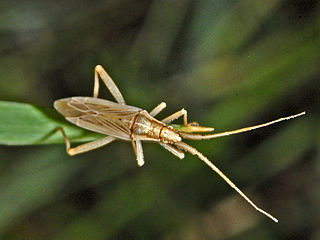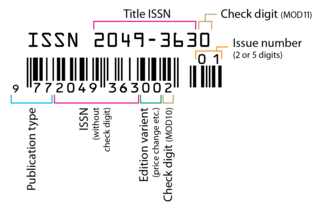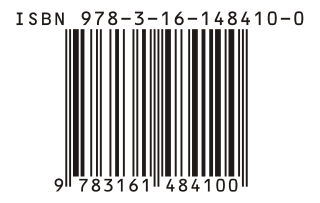
Convolvulaceae, known commonly as the bindweed or morning glory family, is a family of about 60 genera and more than 1,650 species of mostly herbaceous vines, but also trees, shrubs and herbs, and also including the sweet potato and a few other food tubers.
Euvrilletta is a genus of death-watch and spider beetles in the family Ptinidae. There are about 14 described species in Euvrilletta.
Euvrilletta sequoiae is a species of beetle in the family Ptinidae.
Schizothorax macropogon is a species of ray-finned fish in the genus Schizothorax which is known only from the upper Brahmaputra River in Tibet.

Synanthedon sequoiae, the sequoia pitch moth, is a moth of the family Sesiidae. It is found from California north to British Columbia.

Motyxia is a genus of cyanide-producing millipedes that are endemic to the southern Sierra Nevada, Tehachapi, and Santa Monica mountain ranges of California. Motyxias are blind and produce the poison cyanide, like all members of the Polydesmida. All species have the ability to glow brightly: some of the few known instances of bioluminescence in millipedes.

Stenodema is a genus of plant bugs in the family Miridae. There are about nine described species in Stenodema.
Leptura sequoiae is a species of beetle in the family Cerambycidae. It was described by Hopping in 1934.
Yorima is a genus of araneomorph spiders in the Cybaeidae family, and was first described by R. V. Chamberlin & Wilton Ivie in 1942. Originally placed in the funnel weavers, it was moved to the Dictynidae in 1967, and to the Cybaeidae in 2017.

Phloeosinus is a genus of cedar bark beetles in the family Curculionidae. There are at least 20 described species in Phloeosinus.
Dichrooscytus is a genus of plant bugs in the family Miridae. There are more than 70 described species in Dichrooscytus.
Lionepha is a genus of ground beetles in the family Carabidae. There are about 10 described species in Lionepha.
Onocosmoecus is a genus of northern caddisflies in the family Limnephilidae. There are at least three described species in Onocosmoecus.
Phloeosinus sequoiae is a species of crenulate bark beetle in the family Curculionidae. It is found in North America.
Coccinella prolongata, the prolongate lady beetle, is a species of lady beetle in the family Coccinellidae. It is found in North America.
Macropogon piceus is a species of soft-bodied plant beetle in the family Artematopodidae. It is found in North America.
Macropogon is a genus of soft-bodied plant beetles in the family Artematopodidae. There are at least three described species in Macropogon.
Macropogon testaceipennis is a species of soft-bodied plant beetle in the family Artematopodidae. It is found in North America.

Stilobezzia is a genus of predaceous midges in the family Ceratopogonidae. There are more than 330 described species in Stilobezzia.
Ceratina sequoiae is a species of carpenter bee in the family Apidae. It is found in North America.








